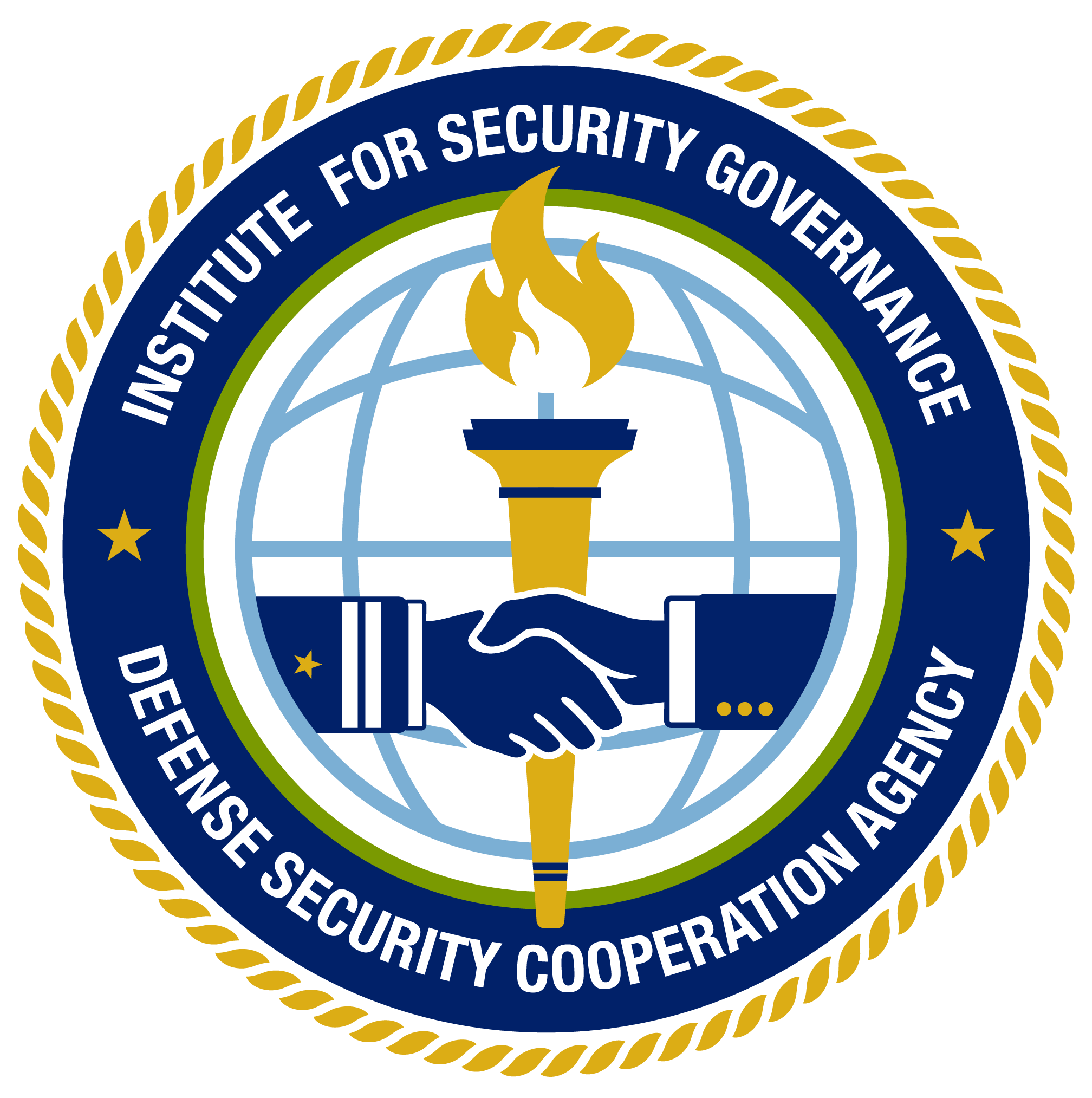CCMR Team Facilitates Arctic Eagle 2017 Exercise - Defense Security Cooperation University
ABOUT
defense security cooperation university
2800 defense pentagon, washington, dc 20301-2800
commercial telephone: 571-372-3728 (571-372-DSCU)
international toll-free: 833-438-3728 (833-GET-DSCU)
information requests: dsca.dscu.info@mail.mil
Social Media:
STUDENT SUPPORT
the school of sc studies
the institute for security governance
naval support activity monterey
1635 cunningham road (bldg, 259), monterey, CA 93943-5011
commercial telephone: +1 831.656.3171
fax: +1 831.656.3351
email: ISGINFO@NPS.EDU
website: instituteforsecuritygovernance.org
Social Media:
the defense institute of international legal studies
441 elliot avenue, newport, ri 02841-1531
commercial telephone: 401-841-6000
website: dscu.edu/diils
Social Media:
publications & resources
sc certification
-
ABOUT
- DSCU
- CAREERS & OPPORTUNITIES
-
ADDITIONAL INFO
defense security cooperation university
2800 defense pentagon, washington, dc 20301-2800commercial telephone: 571-372-3728 (571-372-DSCU)
international toll-free: 833-438-3728 (833-GET-DSCU)
information requests:
dsca.dscu.info@mail.mil
Social Media: - ABOUT
- STUDENT SUPPORT
- SSCS
-
ISG
- ABOUT
- OUR WORK
- NEWS
- RESOURCES
-
ADDITIONAL INFO
naval support activity monterey
1635 cunningham road (bldg, 259), monterey, CA 93943-5011
commercial telephone: +1 831.656.3171
fax: +1 831.656.3351
email: ISGINFO@NPS.EDU
website: instituteforsecuritygovernance.org
Social Media: - ISG
-
DIILS
- ABOUT
- LEARNING
-
ADDITIONAL INFO
441 elliot avenue, newport, ri 02841-1531
commercial telephone: 401-841-6000
website: dscu.edu/diils
Social Media: - DIILS
- RESOURCES
- CERTIFICATION
-
DSCU

Defense Security Cooperation University
CSOD Prelaunch Message
NOTE: A Common Access Card (CAC) and CSOD account are required
Registration is completed using a system called Cornerstone on Demand (CSOD) hosted by the Defense Acquisition University (DAU). You will sign in to this system on the next screen.
If you currently occupy a Security Cooperation Workforce position and do not see any courses listed after signing in to CSOD, please press the button at the top of your screen to open Frequently asked questions, and read the solutions under the "CSOD Sign In Issues" category.
Press the button below if you are ready to proceed. If you have trouble signing in, press the the next screen's "Need help signing in?" link To Get help.
Defense Security Cooperation University
Certification Center Prelaunch Message
NOTE: A Common Access Card (CAC) is required to access the Certification Center
If you receive an "Untrusted Site" or "Untrusted SSL Server Certificate" error when trying to access the Certification Center, please follow the instructions in the link below to update your Internet browser's certificates, and then try again.
How to Update Browser Certificates for the Certification Center
CCMR Team Facilitates Arctic Eagle 2017 Exercise
Posted: Mar 3, 2017
S. Moreland
From 23-26 February, the Security Cooperation Studies and Exercises Program (SCSEP) team from the NPS Center for Civil-Military Relations (CCMR) traveled to Joint Base Elmendorf Richardson, Alaska to provide specialized expertise and exercise management to the Arctic Eagle 2017 command post exercise. Joint Forces Headquarters Alaska hosted a diverse group of military and homeland security forces, including Alaska Command, the Alaska Air and Army National Guard, Alaska State Defense Forces and Naval Militia, and the US Coast Guard. Federal and State agencies and volunteer organizations rounded out the training team, which collectively aimed to improve defense support to civil authorities.
Arctic Eagle 2017 is an unclassified joint, interagency, and multinational Command Post Exercise based on the Arctic strategy of the United States Department of Defense, as well as state and federal emergency plans and contributions from key regional partners including Canada and the Kingdom of Denmark.
CCMR was selected to provide exercise design and management expertise due to its extensive experience organizing interagency exercises, according to Mr. Scott Moreland, Program Manager for the Security Cooperation Studies and Exercises Program. Despite this experience, Roy acknowledged that this exercise posed some unfamiliar challenges. “Both the complexity of the scenario and the unique Arctic operating environment required significant learning and research to create the right exercise conditions,” she noted.
The Arctic Eagle scenario was based on the uncontrolled re-entry and impact of a nuclear-fueled Radar Ocean Reconnaissance satellite (RORSAT) launched by a fictional country. In addition, the scenario unveiled notional threats to the Trans-Alaska Pipeline System (TAPS), which called for close co-operation between joint military, Coast Guard, and interagency partners to exercise effective identification and application of timely and effective responses.
Following scenario-generated fictional alert, exercise participants occupied their ‘real-world’ workstations in the military’s Joint Operations Center or the State Emergency Operations Center, according to their roles. CCMR senior lecturer Bob Tomasovic highlighted the realistic training environment. “The exercise setting could not have been better. Federal and state defense forces and state emergency managers share essentially the same space, with operations centers not only in the same building, but in the same hallway. This allows for much more rapid and effective coordination, because many problems are ironed out face-to-face between individuals that have worked together for years.”
The synergy between CCMR and Joint Forces Headquarters Alaska is representative of the Center’s larger mission, which emphasizes capacity building through individual and institutional partnerships.